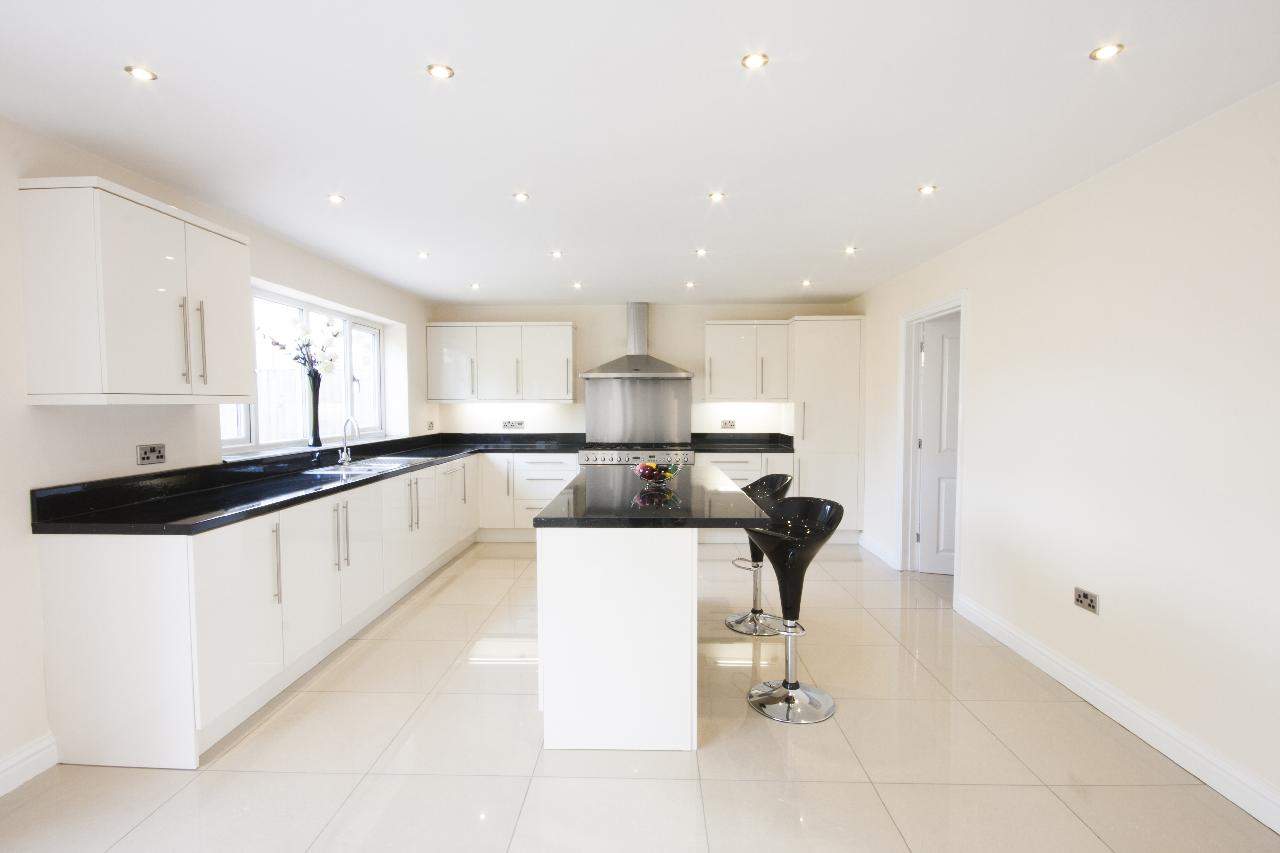Plasterboard is a fantastic option for home heat insulation. There are several advantages to using plasterboard in your house. It is a more cost-effective and environmentally beneficial technique of retaining heat.
Insulating Using The Dot And Dab Method
Only should dot and dab insulation be used on walls that already have a cavity. This technique can also be used to install thermal boards (or the dry liner method). However, remember that they must be physically secured for fire safety.
The wiring must be anchored to the wall at a minimum of 300 millimeters from the top of the board and 25 millimeters from each board edge, with at least 25 millimeters of penetration into the masonry wall. If you need any assistance check ADA Fastfix for further guidance!
- Begin by making sure the wall’s surface is clean, dry, and smooth. Before you start, make sure to clean the wall if necessary because of dirt or dust.
- To begin, make a chalk line vertically along the wall for the row of dabs – this can be done from a window, an internal angle, or a door reveals.
- Next, using a general bonding agent, apply a continuous band of the material that extends halfway up and down the board.
- You’ll then need to set the dabs on the wall. Ensure they’re 250mm x 75mm in size, with 300mm centers. Make sure there’s a 400mm gap (both horizontally and vertically) between them.
- Place a continuous ribbon of compound around any light fittings or socket outlets.
- Place the next layer of foam on top of the dabs, then firmly press the plasterboard against them and fit it tightly against the ceiling using a wedge or scrap.
- The board should now be ready to use; you may set it in place with the floor and ceiling chalk lines.
- Once the dabs have hardened (to prevent board bending, allow plenty of time) use two nail-able plugs that are 25mm deep and fit through holes drilled into the board’s dab cavity, which should be at least 25mm deep.
- Allow at least 8 hours for the mixture to dry before removing the wedges.
Installing Using The Dry liner Method
When replacing a solid wall or creating a cavity, it is advised to use the dry lining approach to install insulation. This method cannot be used for cavities with a diameter of more than 130mm.
- Fix a dry liner track at 600mm center to the floor and ceiling; allow for a 25mm minimum cavity.
- Make sure the surface is completely dry, especially if applying directly to a concrete surface, and that a damp-proof membrane has been installed.
- Finally, you’ll need to make sure the dry liner track’s large flange is on the plasterboard’s side.
- Mark vertical lines at 600mm (horizontal centers) to repair the dry liner channels.
- At the center of the wall, the nail dry liner braces straight into the wall at a maximum 800mm vertical center on the marked lines — ensuring they’re at shoulder and waist height.
- Attach the brackets to the wall using the correct fasteners, then bend out each toothed wing into legs.
- Finally, cut each dry liner channel 5mm shorter in height from the floor to the ceiling and insert them into the dryliner track. Make sure the channel is secure to each bracket using a pan head self-tapping screw.
- If you’re installing kitchen units, this is where a fixing channel (also known as timber reinforcement) should be installed at the correct height to connect the wall and floor units.
- A 5mm cut is made in the plasterboard to ensure that it is flush against the ceiling and properly secured. To fasten, use drywall self-tapping screws at 300mm centers, making sure they’re 10mm longer than the board’s thickness.
- While centering the edges over the channels, lightly and carefully press the plasterboard edges together.
Discover more from Futurist Architecture
Subscribe to get the latest posts sent to your email.



